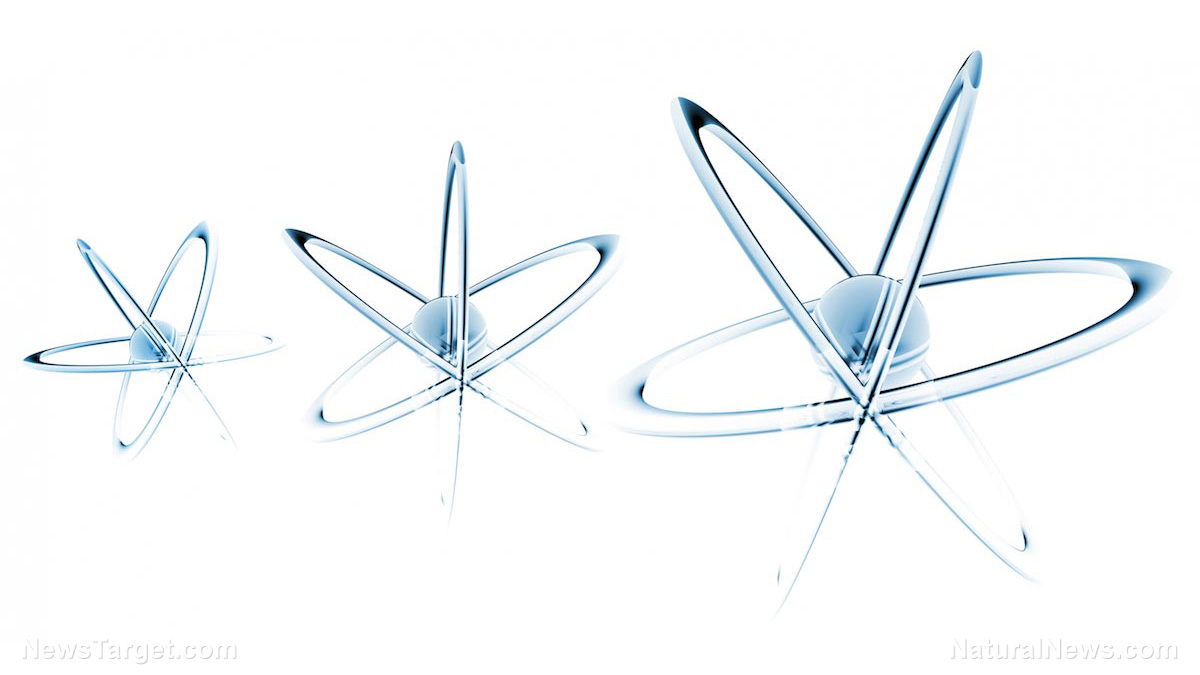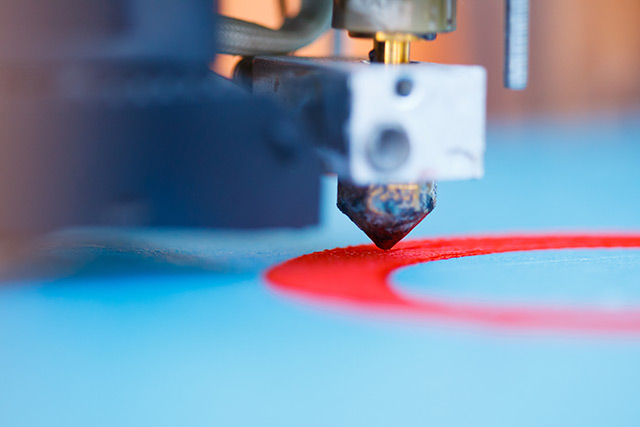Biodegradable “transparent” timber works just as well as glass in windows
08/25/2019 / By Edsel Cook

Swedish researchers fiddled with wood until they managed to turn it technically transparent. They also made the biodegradable material capable of absorbing heat from sunlight and releasing it during colder periods.
If used in the windows of buildings, the revolutionary material might help save energy by reducing the need for artificial heating and cooling. It is also biodegradable and able to support heavy loads. The wood makes it possible to build environment-friendly homes and structures out of the transparent, heat-retaining wood.
Researchers from the KTH Royal Institute of Technology (KT) came up with the new heat-retaining material. They extracted the opaque lignin naturally found in the cell walls of wood.
In place of the lignin, they added polyethylene glycol (PEG), a compound that absorbs heat. They also added acrylic to prevent light from scattering through the porous wood.
The result was a material that possessed considerable physical strength and clarity. While the wood was not fully transparent, its partial transparency offered a balance of privacy and lighting.
In addition to providing a mix of light and privacy, the transparent wood captures heat that would otherwise increase the temperature of the indoor environment. Not only does it keep the indoor space cooler during the day, the material also releases the heat when night falls. (Related: New material made from recycled plastic bottles could help reduce water pollution.)
Transparent wood lets light in but traps heat during the day
“Back in 2016, we showed that transparent wood has excellent thermal-insulating properties compared with glass, combined with high optical transmittance,” explained KTH researcher Celine Montanari. “In this work, we tried to reduce the building energy consumption even more by incorporating a material that can absorb, store and release heat.”
Booming economies lead to increased consumption of electricity. The majority of the energy goes to lighting, heating, and cooling the interior of various structures, such as homes and offices.
Windows made from transparent glass allow the passage of light. They allow sunlight to brighten and warm interior spaces during the day.
However, glass isn’t capable of storing energy. When the sun sets, people have to turn on artificial lighting and heating.
Seeking to change this, Montanari and her colleagues experimented with balsa wood. They increased the transparency of the material by removing light-absorbing lignin from the cell walls.
They chose to add acrylic to the porous wood scaffold for two reasons. First, the chemical compound keeps light scattering to a minimum. Second, acrylic helps keep moisture out of the material, protecting it from damage.
A new eco-friendly and (mostly) biodegradable construction material
“During a sunny day, the material will absorb heat before it reaches the indoor space, and the indoors will be cooler than outside,” explained Montanari. “And at night, the reverse occurs – the PEG becomes solid and releases heat indoors so that you can maintain a constant temperature in the house.”
PEG replaced lignin in the wood scaffold. The KTH researchers used encapsulation techniques to keep the polymer from leaking out during times when it changes phases.
Its Swedish developers claimed that the transparent wood might become an eco-friendly alternative to traditional construction materials. It might potentially replace glass and plastic in windows and other transparent vertical surfaces, as well as concrete in walls.
Transparent wood might also prove more convenient to dispose of compared to concrete, glass, and plastic. Wood and PEG are bio-based materials that will degrade when exposed to natural elements like light and water.
Acrylic is the only non-biodegradable ingredient in the transparent wood. It may get replaced by a bio-based polymer, making the transparent wood fully biodegradable.
Sources include:
Tagged Under: biodegradable, breakthrough, construction materials, discoveries, eco-friendly, energy conservation, environment, glass, goodtech, green living, innovation, invention, inventions, materials science, new materials, physics, timber, transparent wood, windows, wood
RECENT NEWS & ARTICLES
COPYRIGHT © 2017 CHEMISTRY NEWS


















